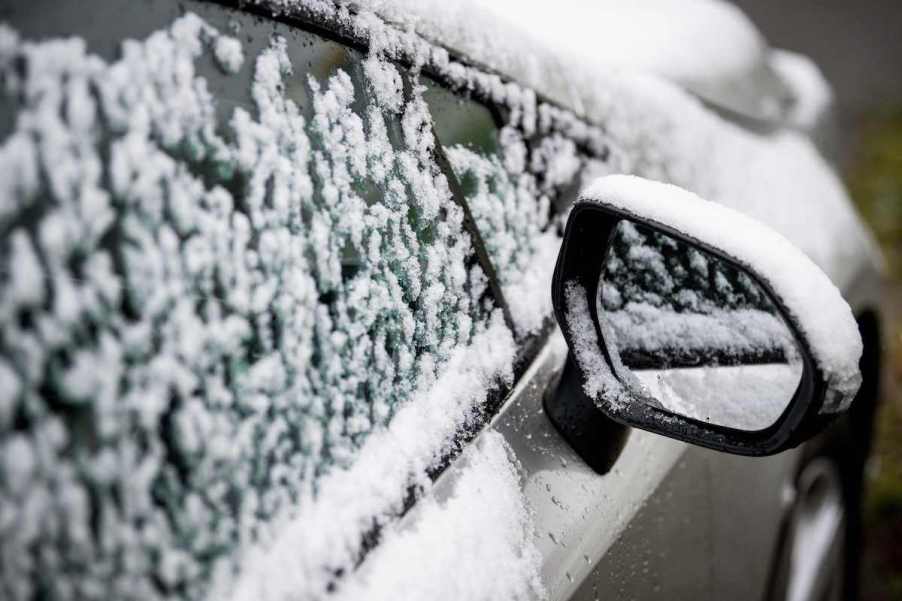
7 Effects Winter Weather Has on Your Car You May Not Think About, According to AAA
As you prepare your home and wardrobe to brave the cold, don’t forget the effects winter has on your car. During this time, your vehicle can start acting strangely as the low temperatures interfere with the various systems your vehicle depends on. The cold weather may decrease tire traction if you don’t have winter tires or cause a dead car battery.
While some of these problems are minor annoyances, others can cause significant damage to your vehicle. Here are other effects the cold weather can have on your car you should be aware of while driving in the winter.
1. Freezing engine fluids

When the ambient temperature is sufficiently low, you may notice changes in your car’s fluids. For example, engine oil tends to thicken and slow down, which could make starting the car and driving feel slow.
The solution is to use synthetic oil with a lower viscosity. Check your owner’s manual if the manufacturer recommends a cold-weather oil.
2. Lower tire pressures are effects winter has on a car
Air expands in hot weather and contracts in cold weather. The air in your tires is no different. When the air within it shrinks, the pressure decreases. As a result, rolling resistance may increase, affecting handling and fuel economy.
You can’t stop the air pressure in your tire from dropping, but you can keep it from getting worse. It simply calls for more frequent tire inflation and air pressure checks.
3. Ice in fuel lines
If any moisture in the fuel lines can freeze, fuel intake may be hampered, and gasoline may not reach the engine. Water vapor may infiltrate the lines if it enters the gasoline system. Condensation occurs when the tank heats, resulting in water droplets that combine with the gasoline and travel to the car’s engine.
When the tank is full of gasoline, neither air nor water vapor can enter. If you suspect that the gasoline tank contains water, use gas line antifreeze.
4. Sluggish LCD screens
LCD screens, also known as liquid crystal displays, are common in modern automobiles. The molecules of these liquid crystals behave similarly to other fluids in that they do not flow as quickly in colder conditions as outlined by Focus LCDs. As a result, you’ll notice that your car’s touchscreen is slower and less responsive throughout the winter.
To avoid this problem, wait for your car to warm up before driving. Your screen will continue to function normally as the temperature rises.
5. Rigid rubber parts are effects of winter on a car
In theory, neither natural nor synthetic rubber compounds freeze. However, in colder weather, they become more rigid and brittle. Due to stiffening rubber, windshield wiper blades and motor belts are susceptible to breakage during winter.
Tilt your wiper blades up before a storm to keep them from being damaged by the weight of snow or ice. A winter vehicle inspection from a service provider like Tiresplus will help you identify issues with your vehicle’s rubber components before it’s too late.
6. Undercarriage damage
It is well known that weather can cause damage to a vehicle’s exterior. However, what is out of sight frequently fades from memory, making it easy to overlook your vehicle’s underbelly. This can be a problem in the winter because snow removal salt can corrode and rust the metal components of your vehicle’s floor.
When washing your car, inspect the underside. Take a look at these winter car washing tips from AAA.
7. Dying car batteries are effects winter has on a car
Cold temperatures can also be bad for your battery. When the temperature drops, the battery has more difficulty generating enough charge to start your car. Jumper cables may be a quick fix for getting your car started, but it may not be fun to jump-start your car in winter.
If you live in an area that frequently experiences below-freezing temperatures, purchasing a battery warmer could be a wise decision.


